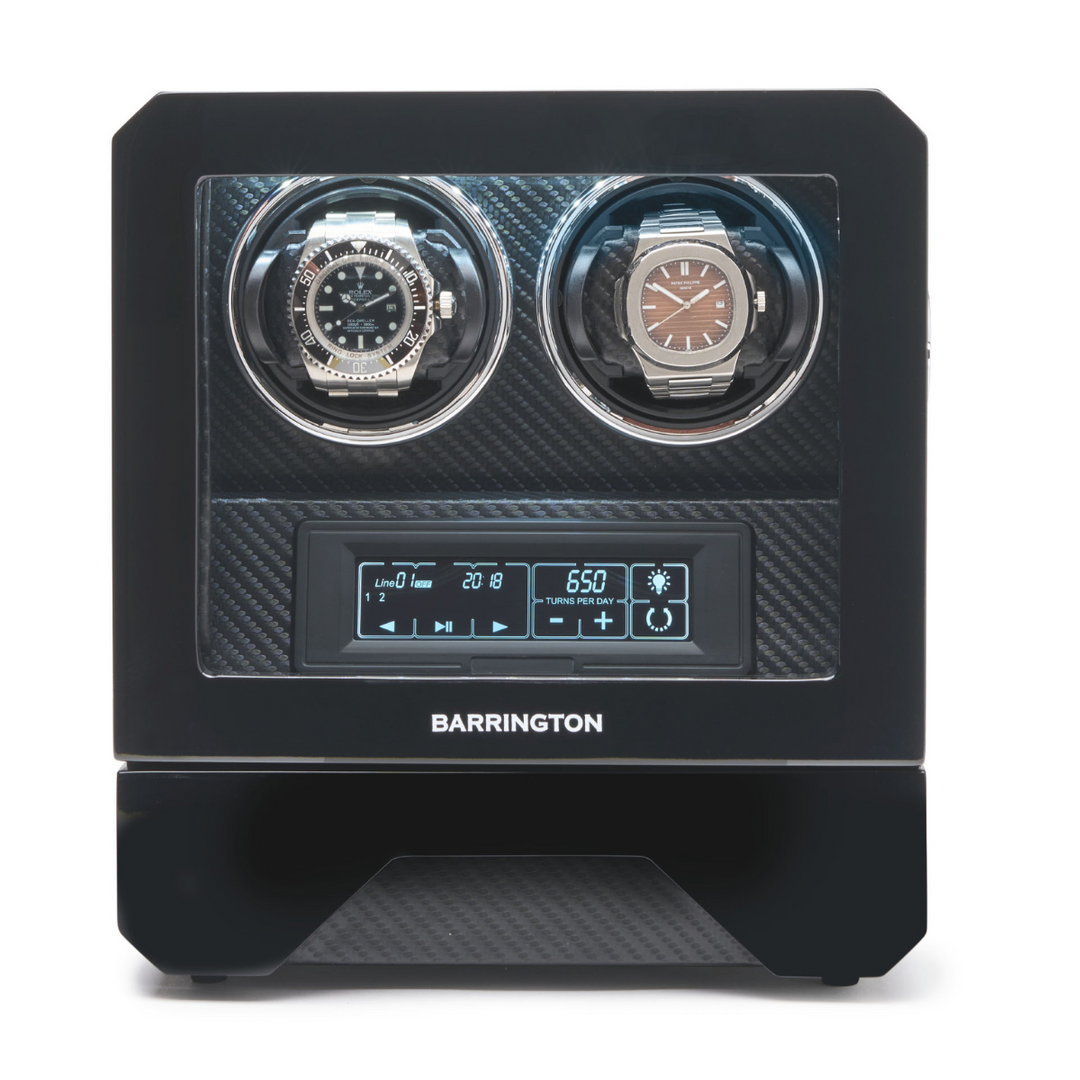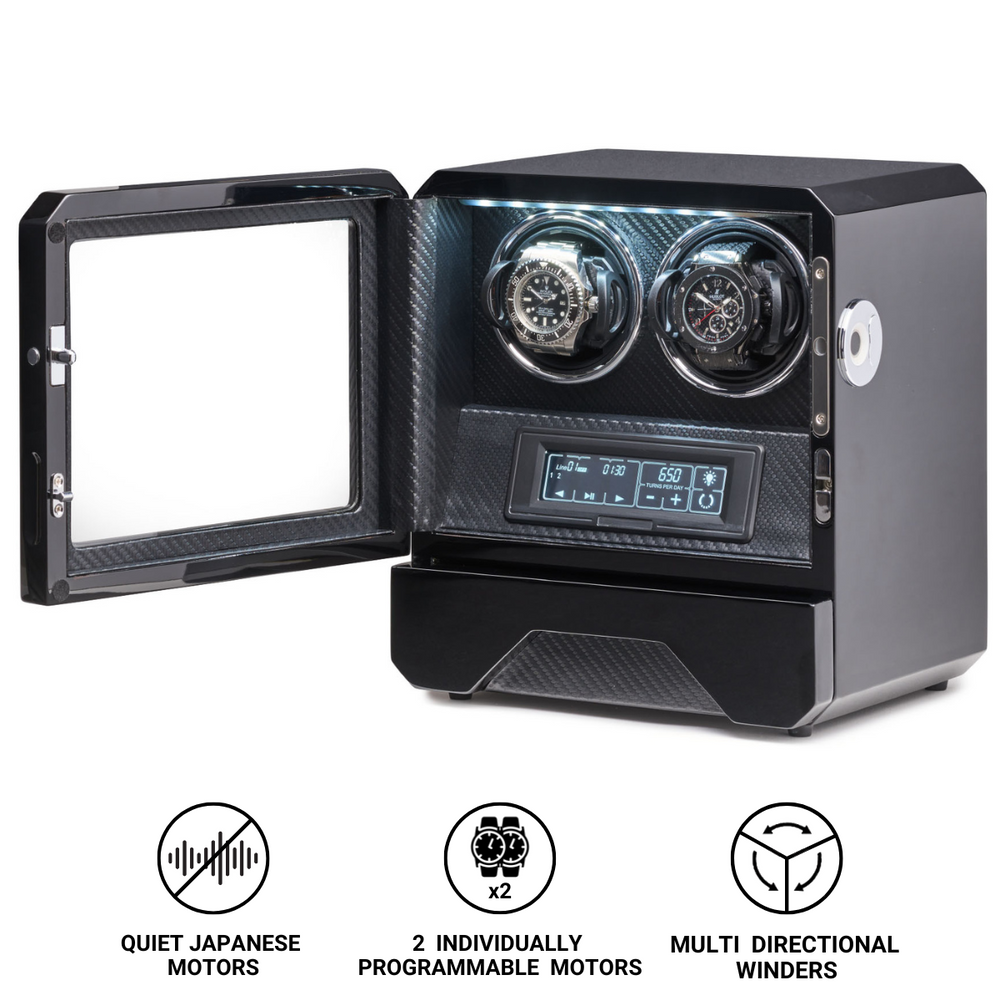Hidden History: A New Book Rewrites the Narrative of Women’s Watches
In a publishing landscape long dominated by monographs dedicated to chronographs, pilot’s watches, and oversized tool watches, The Wonderful World of Women’s Watches: Beauty Beyond Time arrives as a timely corrective. Authored by Rhonda Riche, Editor-at-Large at Watchonista, and published by German art book specialists teNeues, the volume is one of the most comprehensive works ever devoted to the role of women’s timepieces in watchmaking history.
The 256-page coffee-table edition combines lavish photography with archival research, offering not only a retrospective of iconic models but also an exploration of the women who wore, designed, collected, and engineered them. With a growing market for vintage "ladies' pieces" and a rising number of women occupying executive and creative roles within major brands, the book arrives at a moment of reckoning—and renewal—for gender in horology.
A Neglected Chapter in Watchmaking History
While men’s watches have been extensively documented—particularly those associated with aviation, motorsport, and military use—women’s watches have often been overlooked or relegated to the realm of jewellery. Yet the earliest wristwatches were, in fact, designed for women. As early as 1810, Abraham-Louis Breguet created a timepiece for Queen Caroline Murat of Naples, sister of Napoleon and a patron of the arts. This watch, often cited as the world’s first wristwatch, predates the men’s wristwatch by decades.
Throughout the 20th century, maisons such as Cartier, Jaeger-LeCoultre, and Omega designed timepieces for women that were not simply scaled-down versions of men’s models but expressions of technical finesse in miniature formats. Many of these watches housed complex calibres, including minute repeaters and calendar complications, within cases designed to be worn as brooches, bracelets, or hidden within lockets.
Riche’s book charts this overlooked lineage, noting how the convergence of haute joaillerie and horology helped define the aesthetics of brands like Van Cleef & Arpels, Piaget, and Bulgari during the mid-century period. Particularly in the 1950s and 1960s, when dress watches for women reached an apex of stylistic experimentation, brands often collaborated with goldsmiths and gem-setters to create hybridised works of wearable art.
Women Behind the Watchbench
In addition to profiling iconic models, the book turns the spotlight on the women who helped shape the industry—many of whom have remained in the shadows of history.
Among them is Carol Didisheim, the Swiss industrial designer responsible for the groundbreaking 1982 redesign of the Omega Constellation, later dubbed the “Manhattan.” Though often mistakenly attributed to Gérald Genta, the watch’s integrated case-and-bracelet architecture and its now-famous “claws” (or “griffes”) were Didisheim’s innovations. The design not only reinvigorated the Constellation line but helped usher in a new era of unisex luxury sports watches.
The book also references Nathalie Marielloni, the current Heritage and Patrimony Director at Audemars Piguet, whose scholarship on the brand’s early complicated watches has reframed its historiography. Similarly, it highlights the work of Carole Forestier-Kasapi, whose pioneering movement design for Cartier, and now TAG Heuer, has earned her the unofficial title of “the most influential woman in modern watchmaking.”
Collecting Trends and Market Shifts
In recent years, collectors have increasingly embraced smaller-cased, traditionally feminine designs. Auction houses such as Phillips and Sotheby’s have reported strong results for vintage ladies’ watches, particularly those from Cartier’s “Les Must” era, Piaget’s stone-dial jewellery watches, and shaped cases from the Art Deco period.
This shift reflects broader industry trends toward gender-neutral design and mid-size formats. With many collectors rejecting outdated size norms, references between 28mm and 36mm—once considered strictly women’s territory—are now finding a new cross-gender audience. Moreover, historically female-associated models such as the Rolex Lady-Datejust, Chopard Happy Diamonds, and Patek Philippe Golden Ellipse are enjoying renewed visibility.
The book also points to the recent reissuing of women’s classics as evidence of revaluation. Examples include Cartier’s relaunch of the Panthère, Hermès’ evolution of the Cape Cod, and Bulgari’s continued development of the Serpenti range, including the mechanical Serpenti Seduttori Tourbillon—the smallest tourbillon movement currently in production.
A Publishing Milestone
The Wonderful World of Women’s Watches is not merely a watch book—it is an archival project and cultural statement. That it is published by teNeues, a house known for collaborations with brands such as Porsche, Leica, and Montblanc, reinforces its position within the serious canon of design publishing.
With international distribution, the book is poised to become a reference for collectors, historians, designers, and anyone interested in the multifaceted role of timekeeping in women’s lives—from royalty to revolutionaries, and artisans to collectors.
Available now from select booksellers and via teNeues.com (RRP $110), or Amazon (£55), it is a much-needed addition to any complete horological library.














